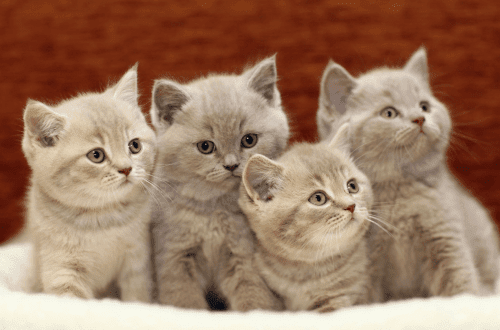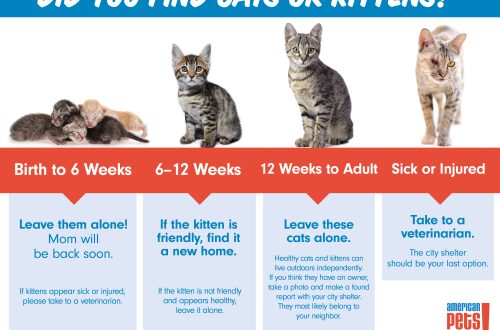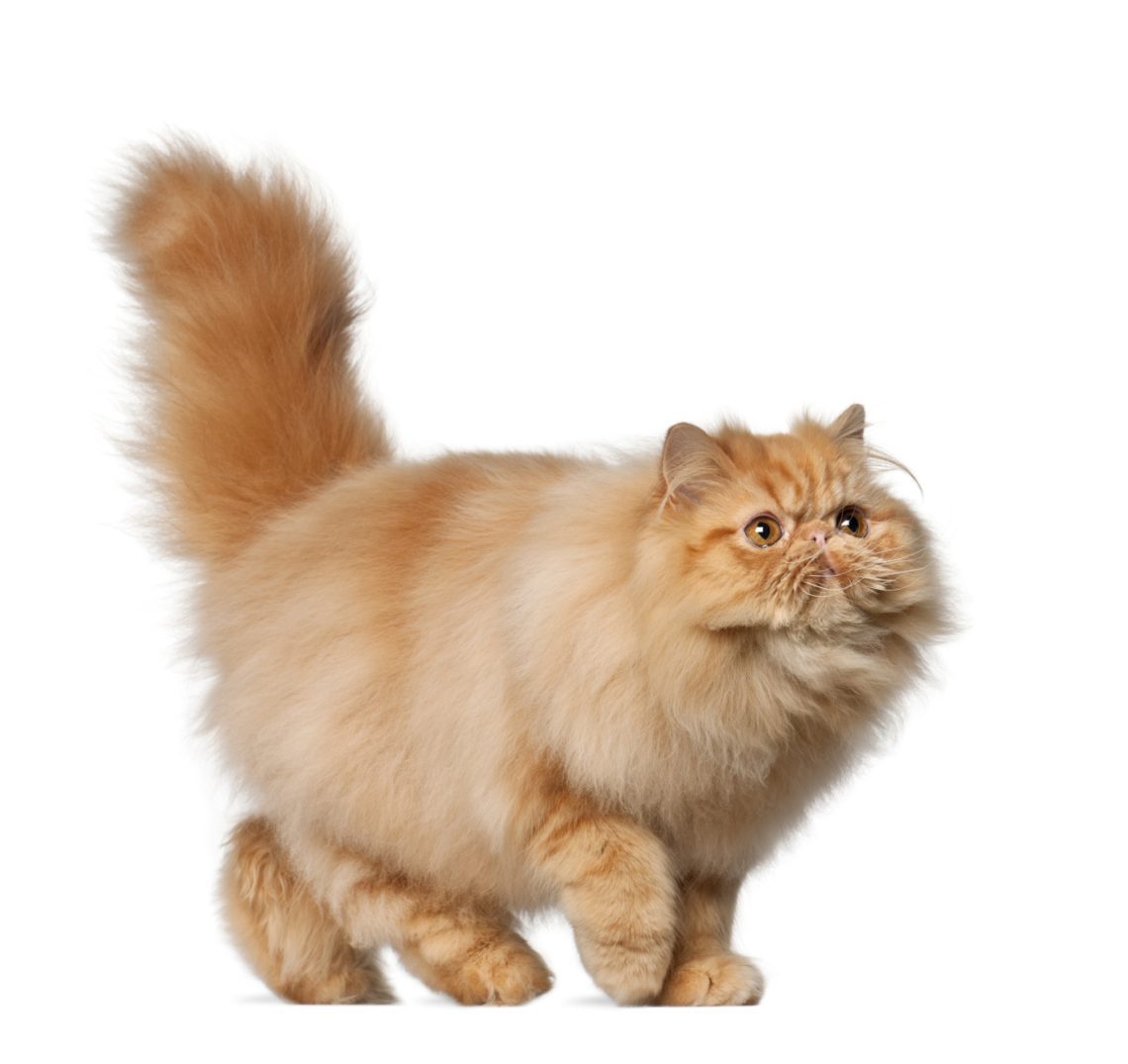
Cat inbreeding: benefits and harms
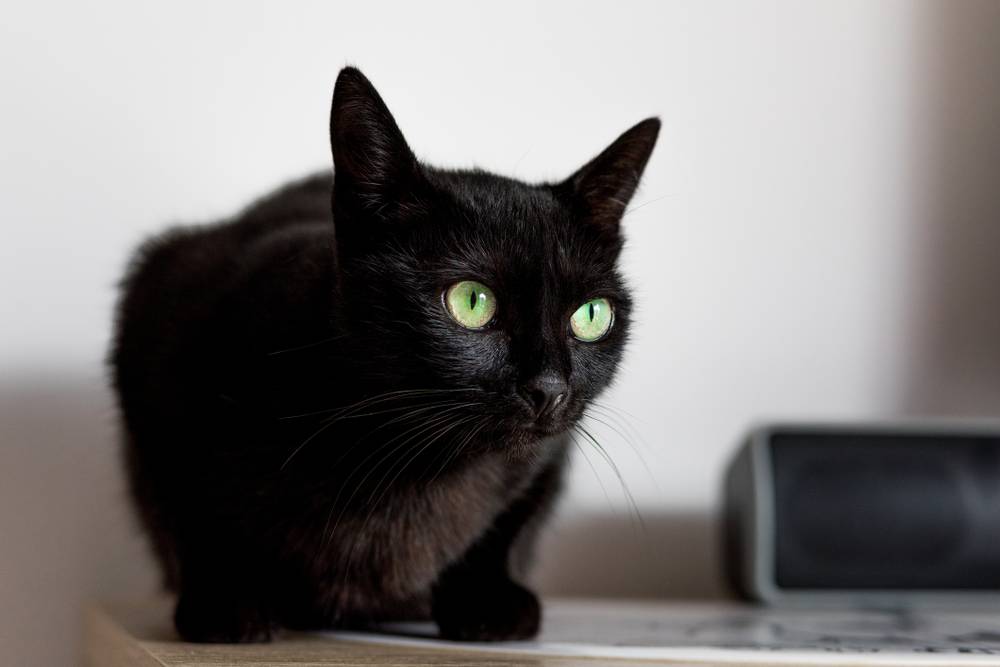
Terrible, you say. This is immoral and unnatural. But in fact, everything is not so. In addition to the possible genetic problems of incest and inbreeding, humans are also constrained by social norms, while animals simply do not have them.
It cannot be said that inbreeding is popular and widespread among breeders, but, in general, it cannot be denied that it was thanks to it that almost all modern breeds of both cats and dogs were bred.
So what is inbreeding?
Inbreeding — inbreeding in order to reinforce certain desired traits in the offspring: for example, the length of the coat, color or shape of the ears.
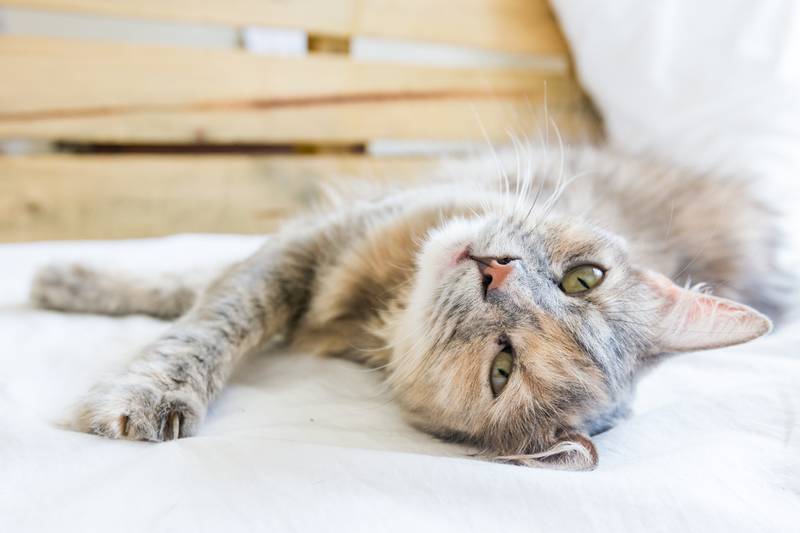
Breeding is carried out by three methods. The first — outbreeding, that is, the crossing of completely unrelated genetically individuals. The second is linebreeding, that is, the crossing of non-close relatives who have a common ancestor only in the third or fourth generation. And the third — just inbreeding, which is what we are talking about.
There is nothing immoral in such crossings in the animal world. Cats are not bound by social restrictions, but are guided by instincts. Therefore, inbreeding allows you to fix in the offspring certain qualities inherent in parents – one might say, ancestral gifts.
If scientifically, then everything is explained simply. Every organism has a double set of genes — from father and from mother. With closely related crossing, the sets of chromosomes obtained by the offspring coincide the more, the closer the family ties during mating. In this way, certain traits can be fixed in the breed. Moreover, inbreeding leads to the appearance in the offspring of identical individuals (while not being twins), which allows the derived genotype to be passed on with a clearer result.
And what is the danger?
If the moral principles of cats are not embarrassing, then why do breeders try to turn to inbreeding, let’s say, in “extreme cases”? Everything is simple. The same genes make it possible to obtain the desired traits, but at the same time, such a small set of chromosomes leads in certain cases to the appearance of defective or non-viable offspring.
Inbreeding is not instinctively supported in nature. First, the more different genes an organism carries, the higher its adaptability to any changes. The similarity of the genotype makes the individual poorly adapted to various threatening factors (for example, hereditary diseases). And this is contrary to the rules of natural selection, that is, contrary to nature. Secondly (and this is the main danger of inbreeding), every organism carries both good and bad genes. Strengthening the former due to inbreeding, the latter are automatically enhanced, which leads to genetic mutations and diseases, the appearance of non-viable offspring, and even to stillbirth. That is, simply put, by crossing relatives, it is possible to fix in the breed both the necessary genetic traits, as well as hereditary diseases and other troubles. This is called inbreeding depression.
Why use inbreeding?
For all its danger, inbreeding in a very short time allows you to get offspring with fixed required traits. The fastest way is to cross a brother with a sister (siblings), a father with a daughter, or a mother with a son. 16-fold close inbreeding allows you to achieve 98% of the same genes in the offspring. That is, to get almost identical individuals, while not being twins.
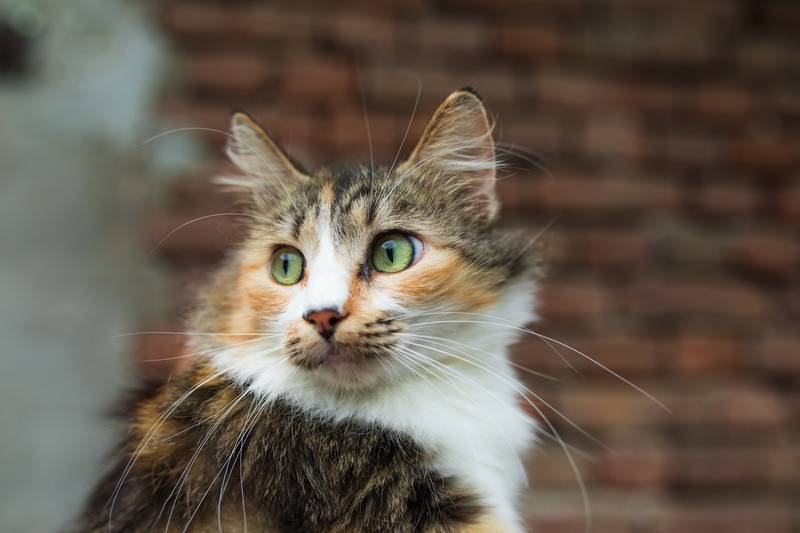
Breeders, having decided to follow the path of inbreeding, do not seek to obtain the viability of all offspring. Kittens that are not suitable for any reason are culled (sometimes up to 80%), and only the best of the best remain. Moreover, an experienced breeder will go for feline incest only if he has complete information not only about the necessary, but also about possible harmful genes.
With proper use, inbreeding will allow you to get, on the one hand, the right genes, and on the other, to almost completely eliminate harmful ones.
But we must not forget that cats are very susceptible to inbreeding. This means that not only virtues with dominant genes, but also critical flaws due to recessive ones can quickly spread throughout the breed. And this, after a few generations, can lead to the extinction of the entire breeding line. It is this risk that is the main one when breeders use inbreeding.
Photo:
April 19 2019
Updated: 14 May 2022
Thanks, let’s be friends!
Subscribe to our Instagram
Thanks for the feedback!
Let’s be friends – download the Petstory app



